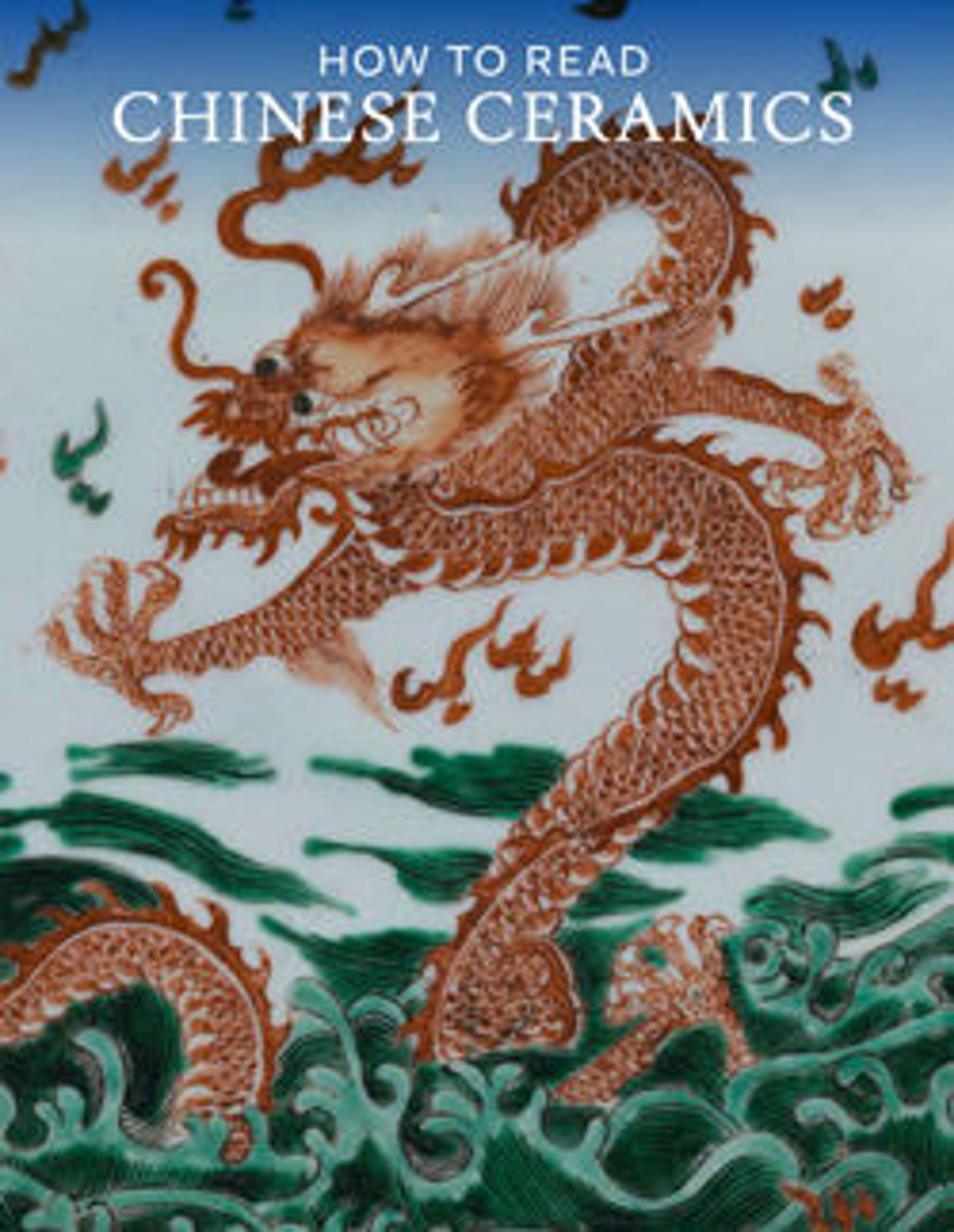Bowl Emulating Chinese Stoneware
Ceramics such as this bowl are among the first examples to incorporate calligraphy as the main element of decoration. The Iraqi potters of the ninth century attempted to emulate the luminous quality and hard body of Chinese whitewares by using a tin‑opacified white glaze. The Arabic word ghibta (happiness) is repeated twice in cobalt blue at the center.
Artwork Details
- Title: Bowl Emulating Chinese Stoneware
- Date: 9th century
- Geography: Attributed to Iraq, probably Basra
- Medium: Earthenware; painted in blue on opaque white glaze
- Dimensions: H. 2 3/8 in. (6 cm)
Diam. 8 in. (20.3 cm) - Classification: Ceramics
- Credit Line: Harris Brisbane Dick Fund, 1963
- Object Number: 63.159.4
- Curatorial Department: Islamic Art
Audio
6678. Bowl Emulating Chinese Stoneware, Part 1
0:00
0:00
We're sorry, the transcript for this audio track is not available at this time. Please email info@metmuseum.org to request a transcript for this track.
Listen to more about this artwork
More Artwork
Research Resources
The Met provides unparalleled resources for research and welcomes an international community of students and scholars. The Met's Open Access API is where creators and researchers can connect to the The Met collection. Open Access data and public domain images are available for unrestricted commercial and noncommercial use without permission or fee.
To request images under copyright and other restrictions, please use this Image Request form.
Feedback
We continue to research and examine historical and cultural context for objects in The Met collection. If you have comments or questions about this object record, please contact us using the form below. The Museum looks forward to receiving your comments.
